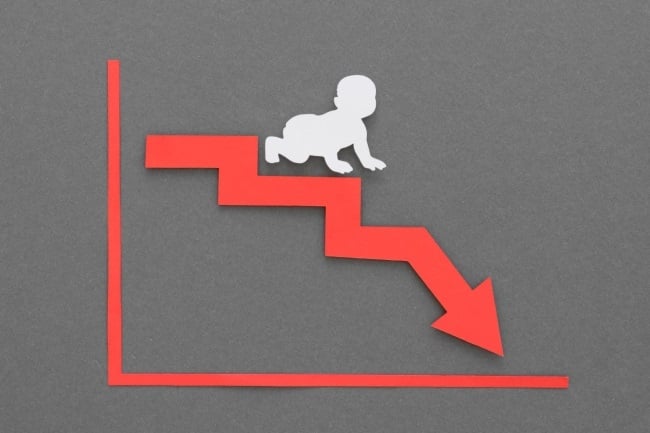
In the last decade, the South African population has grown significantly.
Within this growth has been changes in household dynamics, marriage behaviour and birth rates across the population.
The country’s leading consumer analytics company, Eighty20, has explored this.
While the global fertility rate stands at 2.1 births per woman over a lifetime and SA’s average birth rate is 2.33, a decline has been recorded.
“The reasons for the dramatic decline in birth rates during the past few decades include postponed family formation and childbearing and a decrease in desired family sizes, but also improved medical care (especially birth control), sanitation, water supply, diet and lower child mortality. It is also impacted by increased access to education, and female labour participation rates,” reads the report.
Read More | Black children far worse off- stats SA
Given the observed expenditure of about R100 000 per year to raise a child by MiWayLife and the state of the economy, finances have been found to be one of the biggest reasons why people are not as willing to have children. Second to this is the delay of marriage amongst despite many children still being born out of wedlock.
In addition to a growing number of single mothers and a high incidence of having extended family members under one roof, these factors project a further decline in the birth rate.
While social media is still up in arms over whether or not this is positive, economist Mackson Tshehla tells Drum why it is.
“Over the years, the South African government has grappled with higher dependency ration due to higher fertility rate in the country. It triggered government spending on public services. However, the fertility rate has since declined significantly in the recent past thus providing a necessary boost to the economy. This implies that the lower fertility rate would have a contribute positively on economic growth given that the dependency ration.”
· Lower fertility rate and social spending
Government allocates funds based on the number of people residing in a particular region. When population size decreases due to lower fertility rate, sectors such as health, education and human settlement would have more funds channeled on improving the educational and health levels of the society. This would in turn contribute towards economic growth through tertiary sector performance.
Read More | Sex positions that may help you conceive
- Lower fertility rates and dependency ratio.
Dependency ratio is an age-population ratio of those typically not in the labour force and those that are in labour force. South Africa’s dependency ratio declined from 53.23% in 2020 to 52.54% in 2022. This means that there was a decline in fertility rate which contributed to lower dependency ratio. Because of the lowered dependency ratio, South African economic growth rate was supposed to increase accordingly as more job opportunities would be created.
- Challenges facing South Africa on leveraging on the declined fertility rate.
Poor policy formulation and implementation are at the center for the mismatch between lower fertility rate, lower dependency ratio and economic growth. This is worsened by the influx of illegal migrants who increases the government spending on social services.



















